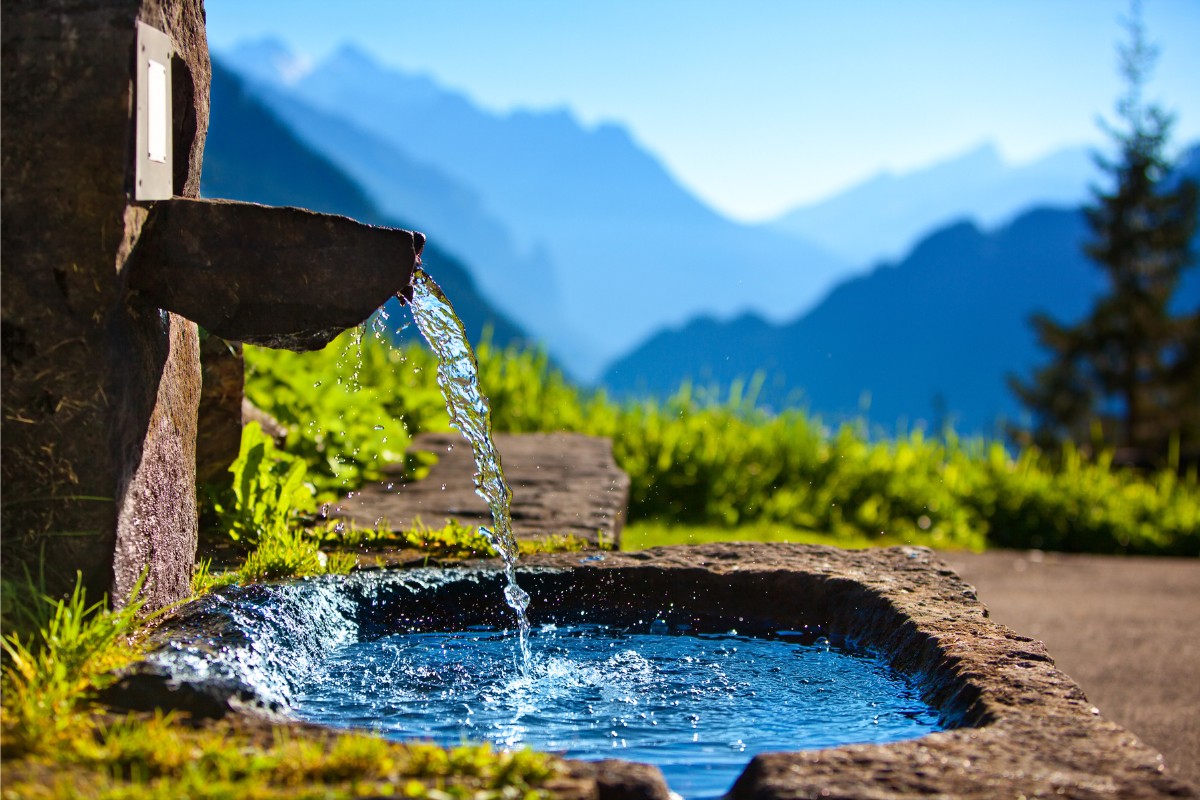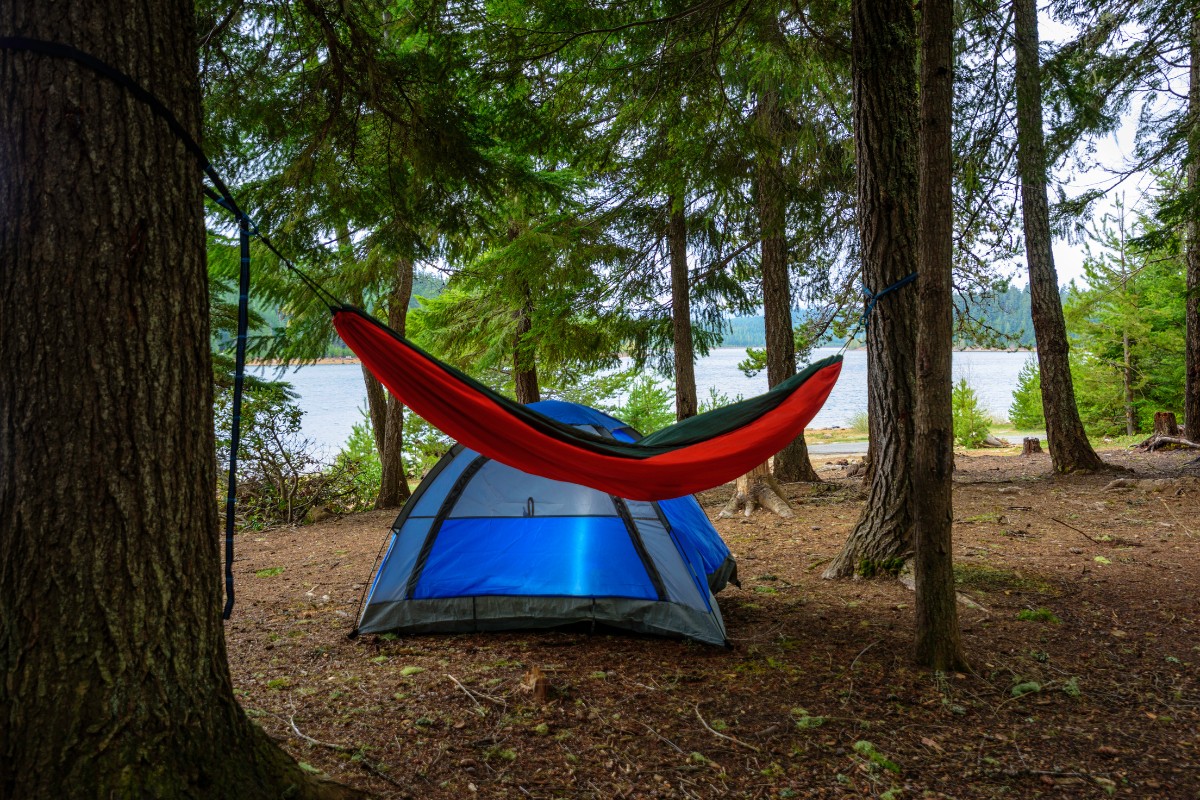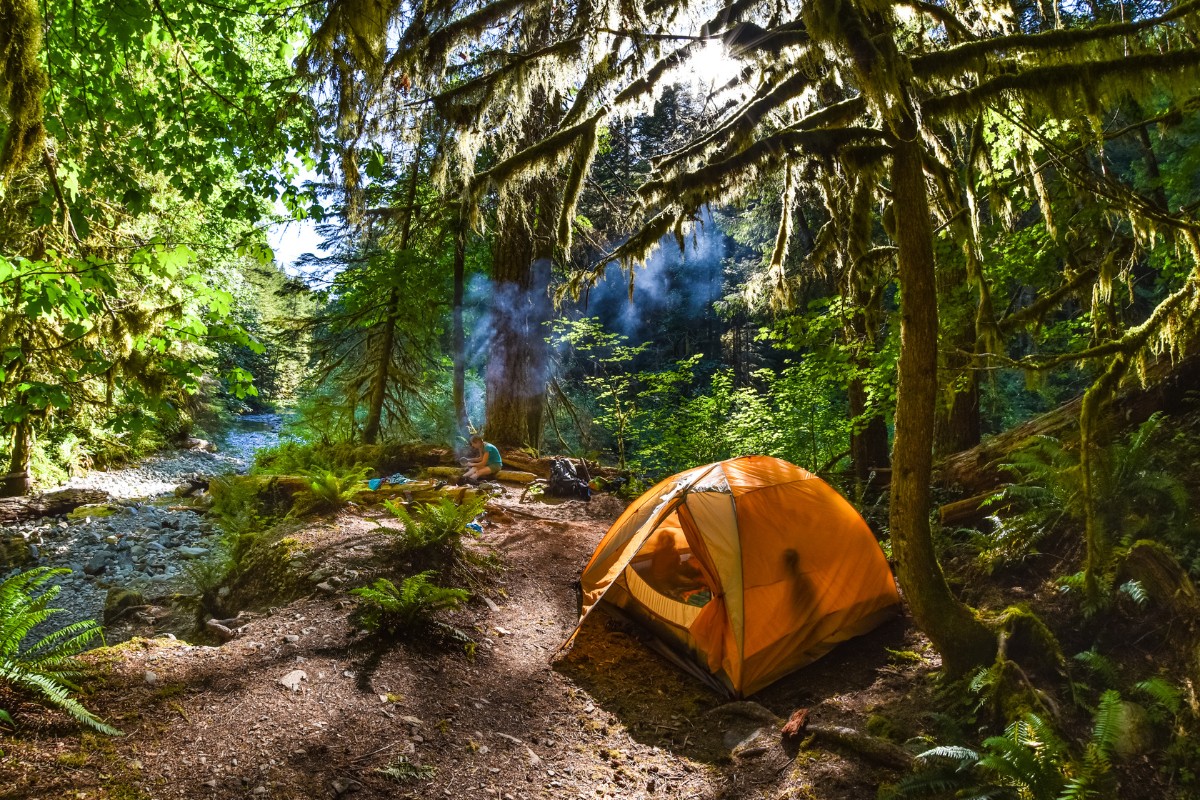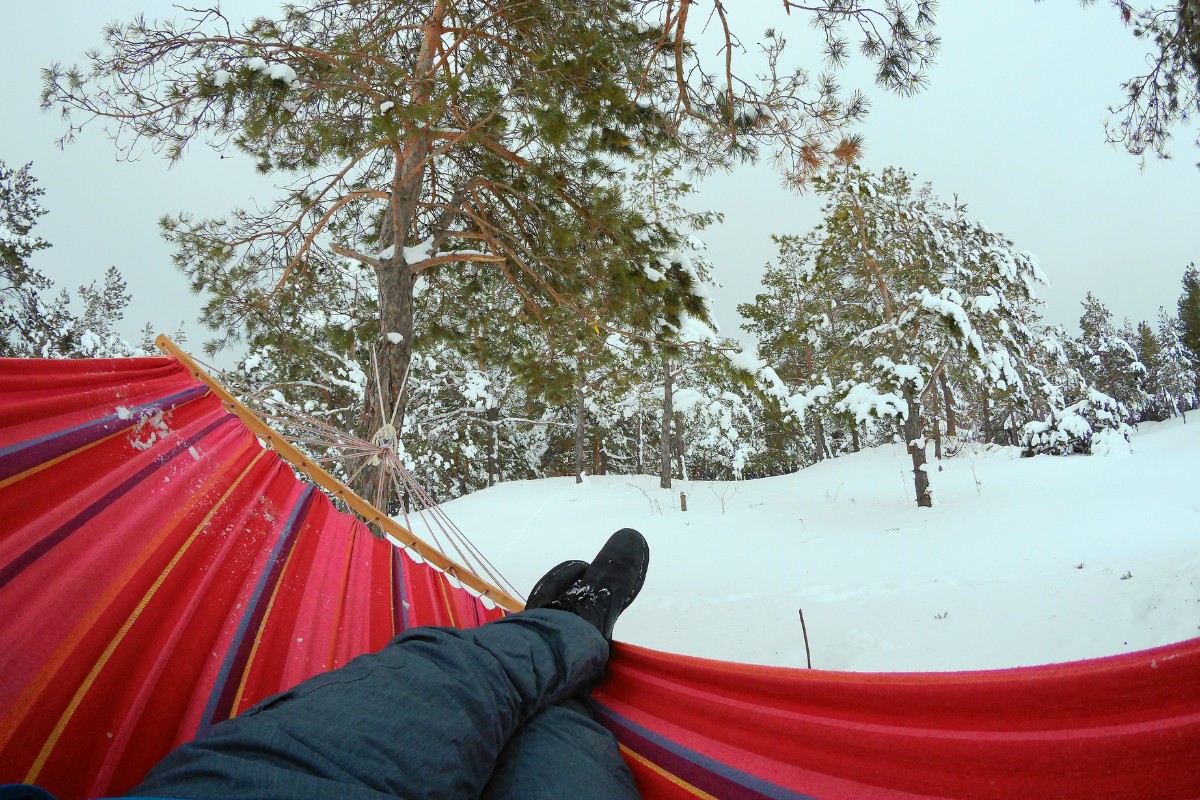Everyone is aware of the vital importance of having clean drinking water when out in the wilderness, whether it be during backpacking, camping, hiking, hunting, or in a wilderness survival situation.
Unfortunately, drinking water directly from the source is hardly recommended because drinking contaminated water can ultimately be more harmful than not drinking any water at all.
This isn’t to say that every single outdoor water source is unsafe, but it is to say that you need to exercise caution.
One of the best ways to stay on the safe side will be to invest in an outdoor water filter or purifier to remove contaminants from water before drinking. That being said, many people are confused about the differences between a filter and a purifier, with a significant percentage of those people believing that the two are one and the same.
In reality, water filters and water purifiers are very different from one another, and it is important to understand those differences. This article will cover the primary differences between a purifier and a filter and then the qualities that you will need to look for in one before buying.
Purifier vs Filter
While a water filter and purifier are very similar, the primary difference between the two is in the level of protection that they offer.
Water filters are very adept at removing bacteria from water but less so with viruses. In contrast, a water purifier is much more effective at reducing viruses, in addition to bacteria. Viruses will often slip through a water filter as they are too small, but purifiers can remove viruses much more efficiently.
So, if a purifier is more effective than a filter, it naturally begs the question: why would you ever want to use a water filter for water purification when you could just as easily use a purifier?
The answer is twofold:
- Water filters are smaller, lighter, and more convenient to use than purifiers.
- Water filters are generally considered to provide adequate protection in the woods in North America, so long as they come installed with microfilters inside.
Most waterborne viruses that are harmful to ingest are transferred via human waste. As a result, water purifiers would be the much safer option if you are going to be working closer to human areas and cities.
For out in the woods, a water filter should provide sufficient levels of protection. That being said, you also want to make sure that your water filter will be capable of handling water out in the backcountry, away from urbanized areas.
As a golden rule, you will want to invest in a filter that can remove contaminants down to 0.2 micron levels while also meeting the Guide Standard and Protocol For Testing Microbiological Purifiers by the US EPA.
Top Qualities To Consider In A Water Filter or Purifier
In a nutshell, water filters are lighter and more convenient than purifiers but also offer a lesser degree of protection. Filters will do an excellent job of filtering through protozoa and bacteria, but for viruses, you’re going to need to upgrade to filters.
That being said, the qualities that you will look for in a filter or a purifier will largely remain the same. These qualities include:
Durability
A water filter or purifier should be long-lasting and also be able to be used on camping, hiking, hunting, or backpacking trips out in the wilderness where things can get a bit rough.
Many outdoor pump filters are designed with a back flush feature to help remove any clogs that may develop, and this is certainly a good feature to have so your purifier will be serviceable out in the field.
Furthermore, the filter or purifier you choose should be high quality and built out of durable materials. If you accidentally drop it on the hard ground, for example, you should be able to pick it back up and continue using it.
Treating Large Water Quantities
This may not be necessary for a short trip, but if you plan on keeping your filter or purifier for many years, then this will be a fully necessary feature to have: your filter or purifier must be capable of working through large quantities of water.
For example, one of the most popular water filters on the market right now is called the LifeStraw water filter, and it is designed to filter through a minimum of four thousand liters of water. For just one person, that’s equivalent to around three years for a single person.
It’s not at all unreasonable these days for both water filters and purifiers alike to be able to work through several thousand gallons or liters of water. From a financial perspective, this will also save you money as your filter or purifier will be more long-lasting.
Micron Size
The last major feature to look for in a water filter will be micron size. This refers to the measurement of the pore size in the filter media. The smaller this pore size is, the more bacteria and pathogens the more you will be able to filter through.
As was noted previously, a golden rule to follow is for your filter or purifier to have a micron size of 0.2. A size equal to or less than that will be sufficient for almost all uses out in the backcountry and should make the water safe for you to drink.
Conclusion
Choosing a water filter or purifier for camping, backpacking, hunting, wilderness survival, and disaster preparedness use is a very important decision to make. It’s not just another survival item to toss in the backpack. Rather, it’s an item that can literally keep you alive when the going gets tough.
Drinking poor quality water can be more dangerous than not drinking any water at all, and that’s why you need to be sure you invest in a good quality product that will properly filter or purify any water you find to ensure it is safe to drink.








